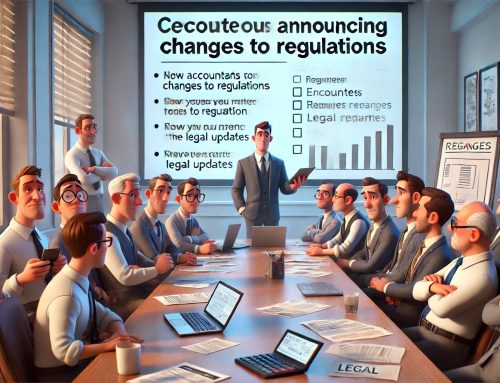August 12, 2022
As gas prices decreased in the US in July, the rate of price increases decreased as well, dropping to 8.5% annually, which is still very near to a multi-decade high but lower than the four-decade peak it reached in June.
Although still high, the figure for July shows a sharp decline from the annual rate of 9.1% noted in June, which will inspire optimism that US inflation has at long last reached its pinnacle. It is consistent with previous data that have signaled a slowdown in price increases.
But the data once again demonstrated how widely the economy has been affected by inflation. Prices increased by 5.9% in the year to the end of July, repeating the number from last month, after removing the extremely volatile expenses of food and energy.
After reaching a national average of $5 per gallon in mid-June, gas prices in the US have significantly decreased. According to AAA, the average price has increased by roughly $1 since this time last year to little over $4 per gallon. Other commodity prices, such as those for corn, wheat, and copper, have also fallen recently after spiking substantially in the weeks immediately following Russia’s invasion of Ukraine.
According to the labor department, the gasoline index decreased 7.7% in July, offsetting rises in the indexes for food and shelter. The food index saw its greatest 12-month increase since the year ending in May 1979, a 10.9% increase over the previous year.
Food and energy costs are infamously unstable and may increase once more. In addition, costs are continuing to rise for other necessities such as housing and services like healthcare, which may not experience a decline in price as quickly as oil or grain.
The decrease in inflation will be beneficial to the Biden administration, which this week saw the Senate enact the $739 billion Inflation Reduction Act. In addition to cutting healthcare costs and increasing taxes on major firms, the law seeks to address the climate issue.
The government’s announcement that the US had created 528,000 new jobs in July—far more than anticipated and another plus for Biden—came shortly after the law was passed.
However, the Federal Reserve is likely to keep raising interest rates as it works to bring inflation back down to its goal rate of 2% given the still-hot labor market and the high pace of inflation.
Source: The Guardian
Legal Notice: The information in this article is intended for information purposes only. It is not intended for professional information purposes specific to a person or an institution. Every institution has different requirements because of its own circumstances even though they bear a resemblance to each other. Consequently, it is your interest to consult on an expert before taking a decision based on information stated in this article and putting into practice. Neither Karen Audit nor related person or institutions are not responsible for any damages or losses that might occur in consequence of the use of the information in this article by private or formal, real or legal person and institutions.






